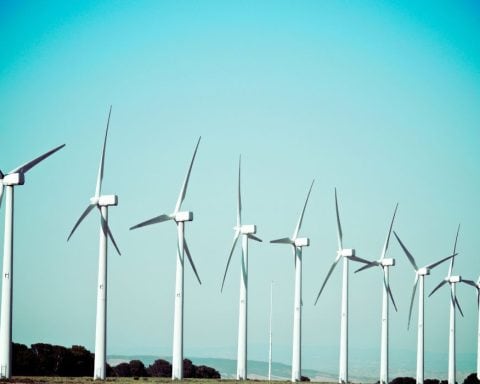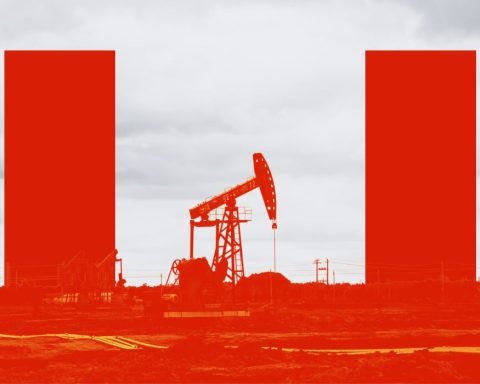Whenever energy costs soar, climate-deniers swarm to blame renewables and green policies. Last year, when a winter storm knocked out the electricity grid in Texas, Governor Greg Abbott claimed renewables were at fault. In the fall, when energy prices began to spike in Europe and across much of the world, some critics laid responsibility for the market turbulence at the feet of the EU’s green energy transition.
Experts disagree. “It is not the fault of the green transition that we have a fossil fuel energy crunch at the moment. That’s just silly,” says Henning Gloystein, director of energy, climate and resources at Eurasia Group, a geopolitical risk consultancy.
Here are three things that have actually contributed to the volatility of global energy prices:
1. It’s the economic rebound, stupid.
The global economy was expected to grow by almost 6% in 2021, as wealthy countries vaccinated their populations and emerged from lockdowns. This growth, which would be the fastest pace of post-recession recovery in almost 80 years, according to the World Bank, has put pressure on supply chains, including in the energy sector, where demand for fuel has grown.
2. Supply, supply, supply.
Across the world, a number of issues have derailed fuel supply. Russia has been accused of contributing to the crisis by declining to provide additional natural gas to Europe through a colder-than-usual fall and winter, but the Kremlin says its suppliers have met their contractual obligations and are willing to send more. Over the past five years, China has also transitioned millions of households every year from coal-powered electricity to natural gas, without adding natural gas import contracts on an equivalent scale. As for the surge in oil prices, look to OPEC and allies, which tightened output last year in response to the pandemic.
3. Underinvestment in the green transition.
If anything, the energy crunch shows we need to invest more in the green transition, not less, experts say. Tim Gould, chief energy economist at the International Energy Agency, says, “There’s a clear warning sign there about the risks of future volatility, and the way out of that impasse is very clear.” Around US$1 trillion is being spent on energy transitions across the world per year. Gould suggests this needs to be tripled. He adds, “Well-managed transitions represent a solution for many of the issues represented in markets today. But they do have to be well-managed.”
In the long run, Gloystein says, the green transition will eventually lead to more stable energy prices, but it must be properly managed and volatility communicated honestly by politicians. “This has been a global storm, but it has highlighted the shortcomings on the investment and regulatory side that have to be addressed in this transition,” he says.





